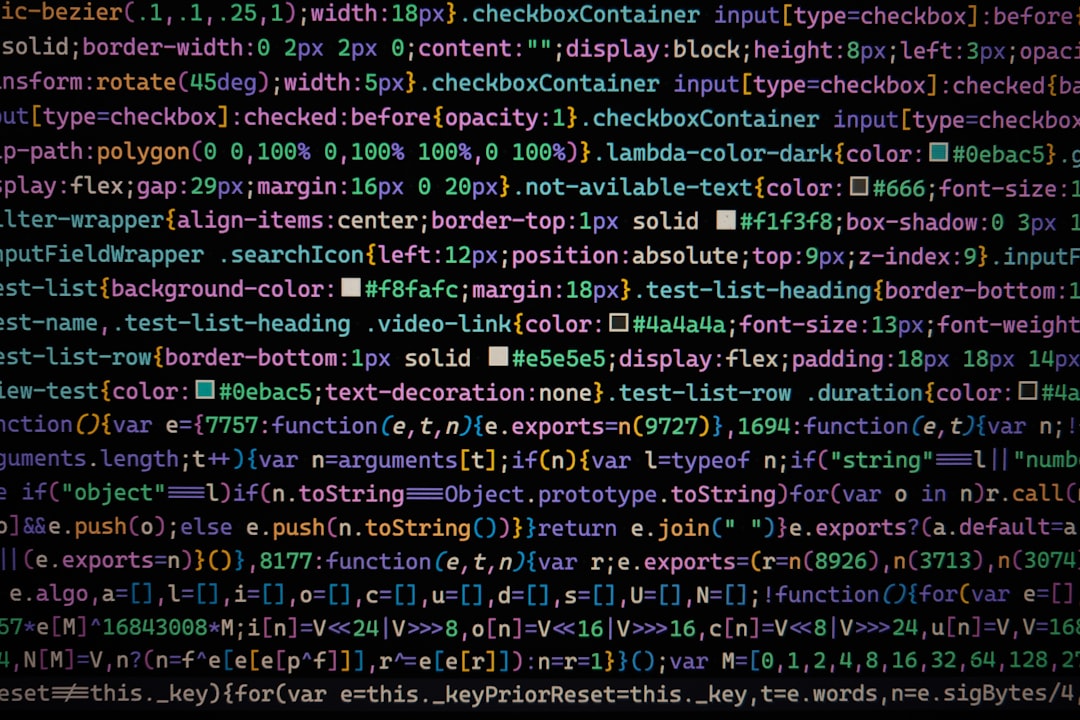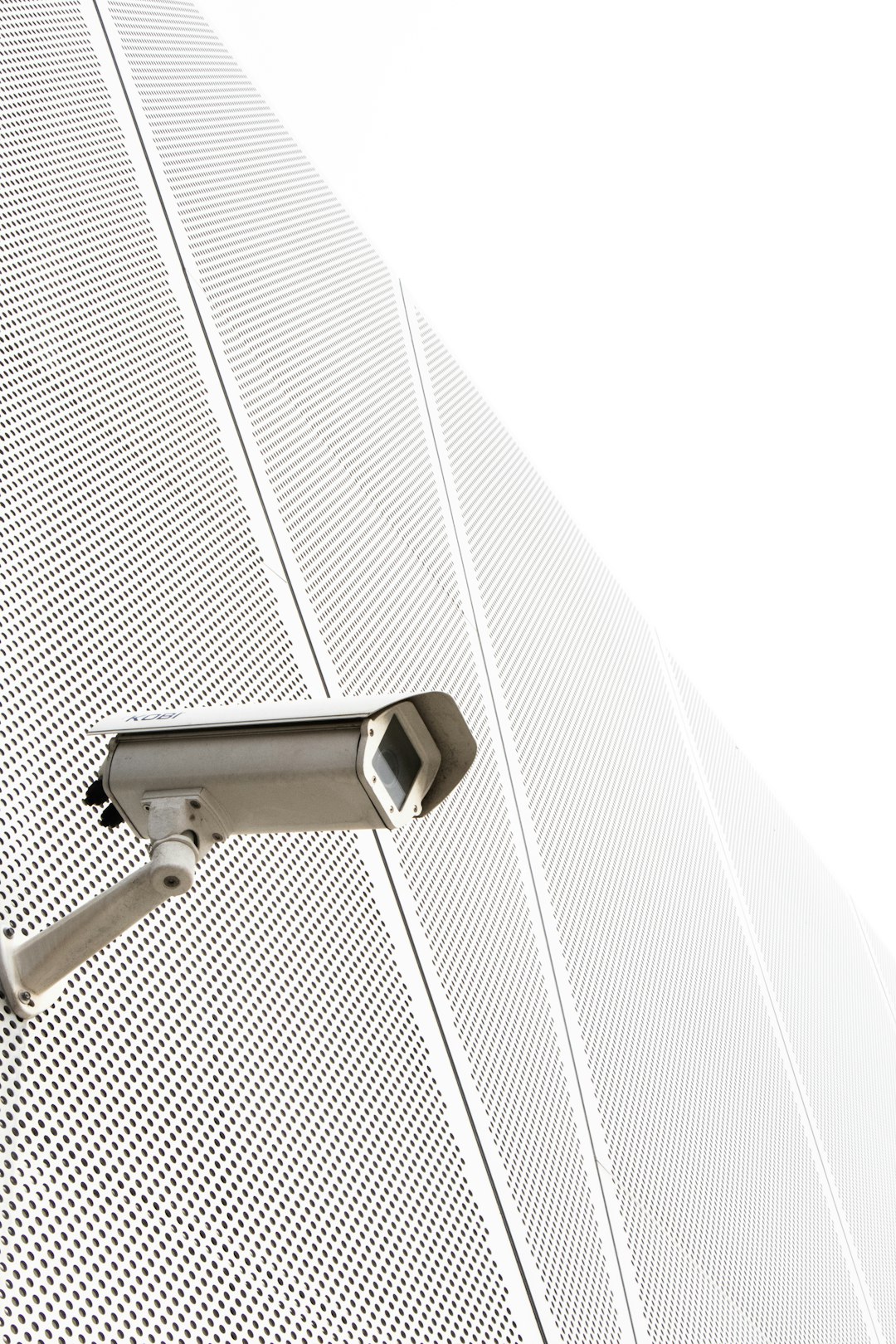Error 1101 is a common issue that users may encounter during the installation or setup process of Windows or other software applications. It often appears when the installer fails to complete the setup due to various configuration or system-related problems. This error can be both frustrating and disruptive, especially when one is attempting to install important system updates or third-party applications essential for daily tasks.
This article provides a step-by-step guide on how to resolve Error 1101 in Windows or during application setups. While the specific cause may vary, these solutions address the most prevalent roots of the problem and help users proceed with their installations smoothly.
What Is Error 1101?
Error 1101 is usually associated with a failure in the Windows Installer service or issues within the setup environment of an application. It may read something like:
“Error 1101: Could not create key: SYSTEM\\CurrentControlSet\\Services\\. Verify that you have sufficient access to that key, or contact your support personnel.”
This message suggests a permissions issue or corruption in system files or registry keys that are essential for installation processes.
Common Causes of Error 1101
Understanding the root of the issue helps in applying the correct fix. Below are some common causes:
- Insufficient user permissions
- Corrupted installation files
- Issues with the Windows Installer service
- Conflicting software or background processes
- Registry access problems
Step-by-Step Guide to Fix Error 1101
Step 1: Run the Installer as Administrator
Often, installations fail because the user does not have administrative privileges. To fix this:
- Right-click on the setup file (e.g., setup.exe).
- Select Run as administrator.
- Proceed with the installation and see if the issue persists.
This simple step can often bypass permission restrictions blocking registry or system folder access.
Step 2: Check Windows Installer Service
If the Windows Installer is improperly configured or stopped, it can cause error 1101.
- Press Windows + R, type
services.msc, and press Enter. - Find the service named Windows Installer.
- Right-click and select Start (or Restart if it’s running).
- Set its startup type to Manual if not already set.
After addressing the Installer service, try running the setup file again.
Step 3: Use System File Checker (SFC Tool)
Error 1101 can sometimes be the result of corrupted system files. The SFC tool helps identify and repair missing or corrupted Windows system files.
- Open Command Prompt as Administrator (Search “cmd” > Right-click > Run as Administrator).
- Type the command:
sfc /scannow - Wait for the scan to complete and follow on-screen prompts if issues are found.
Once the scan is complete, restart your PC and retry the installation.
Step 4: Clean Boot Windows
Many background services and third-party applications can interfere with setup processes. A Clean Boot pre-loads only essential drivers and services.
- Press Windows + R, type
msconfig, and press Enter. - Go to the Services tab and check Hide all Microsoft services.
- Click Disable all.
- Switch to the Startup tab and open Task Manager.
- Disable all startup items listed.
- Restart your PC and attempt the installation again.
This environment helps determine if external processes are contributing to the error.
Step 5: Check and Fix Registry Permissions
If the error references a specific registry key, it’s possible the installer lacks permission to create or modify it. Here’s how to grant permission:
- Press Windows + R, type
regedit, and press Enter. - Navigate to the registry key mentioned in the error message (e.g.,
SYSTEM\\CurrentControlSet\\Services\\ServiceName). - Right-click on the key and choose Permissions.
- Select Administrators and check Full Control.
- Click Apply and OK.

Warning: Editing the registry can cause system instability if not done correctly. Always back up the registry before making changes by going to File > Export in the Registry Editor.
Step 6: Uninstall Conflicting Applications
In case you recently installed new software, it might be conflicting with the current setup. You can try uninstalling unnecessary or suspicious software using these steps:
- Open
Control Panel > Programs > Programs and Features. - Review the list and uninstall recently added applications you suspect may cause conflicts.
- Restart your computer before trying the setup again.
Step 7: Re-download the Installer
Corrupted installation files can also trigger error 1101. Delete the existing installer and redownload it:
- Visit the official website of the software vendor.
- Download the latest version of the setup file.
- Run the installer as Administrator once downloaded.

Step 8: Update Windows
Sometimes outdated system files can clash with newer installation files. Keeping the system up-to-date ensures support for the latest software requirements.
- Go to
Settings > Update & Security > Windows Update. - Click Check for updates and install any available updates.
- Restart the system and run the setup again.
Prevention Tips
To avoid encountering Error 1101 in the future, follow these good practices:
- Always run setup files with administrator privileges.
- Keep your Windows OS and all critical drivers updated regularly.
- Install a good antivirus solution to avoid malware corrupting installation files.
- Avoid forcing shutdowns during installation processes.
- Perform periodic registry and system health checks.
Conclusion
Error 1101 may seem complex, but it is usually rooted in permission issues, corrupted files, or software conflicts. By following the detailed steps presented above, users can efficiently identify and resolve the problem, ensuring a smooth installation experience. Should these steps fail, it may be worthwhile to contact the software vendor’s technical support or consider performing a system restore to a point before the installation attempt.
Frequently Asked Questions (FAQ)
-
Q1: Can Error 1101 be fixed without Administrator access?
A1: Not usually. Administrator privileges are often required to modify registry entries or access system files necessary for setup. -
Q2: Is Error 1101 specific to Windows OS only?
A2: While most commonly seen in Windows environments, similar errors can appear in other platforms but under different error codes. -
Q3: Will reinstalling Windows definitely fix the issue?
A3: It can, but it’s a last resort. Explore all repair options before proceeding with a complete OS reinstallation due to data loss risks. -
Q4: Does Microsoft offer a tool to fix these installation issues?
A4: Yes, the Microsoft Program Install and Uninstall Troubleshooter can help fix problems that block program installation or removal. -
Q5: Can antivirus software cause Error 1101?
A5: In some instances, overly protective antivirus tools